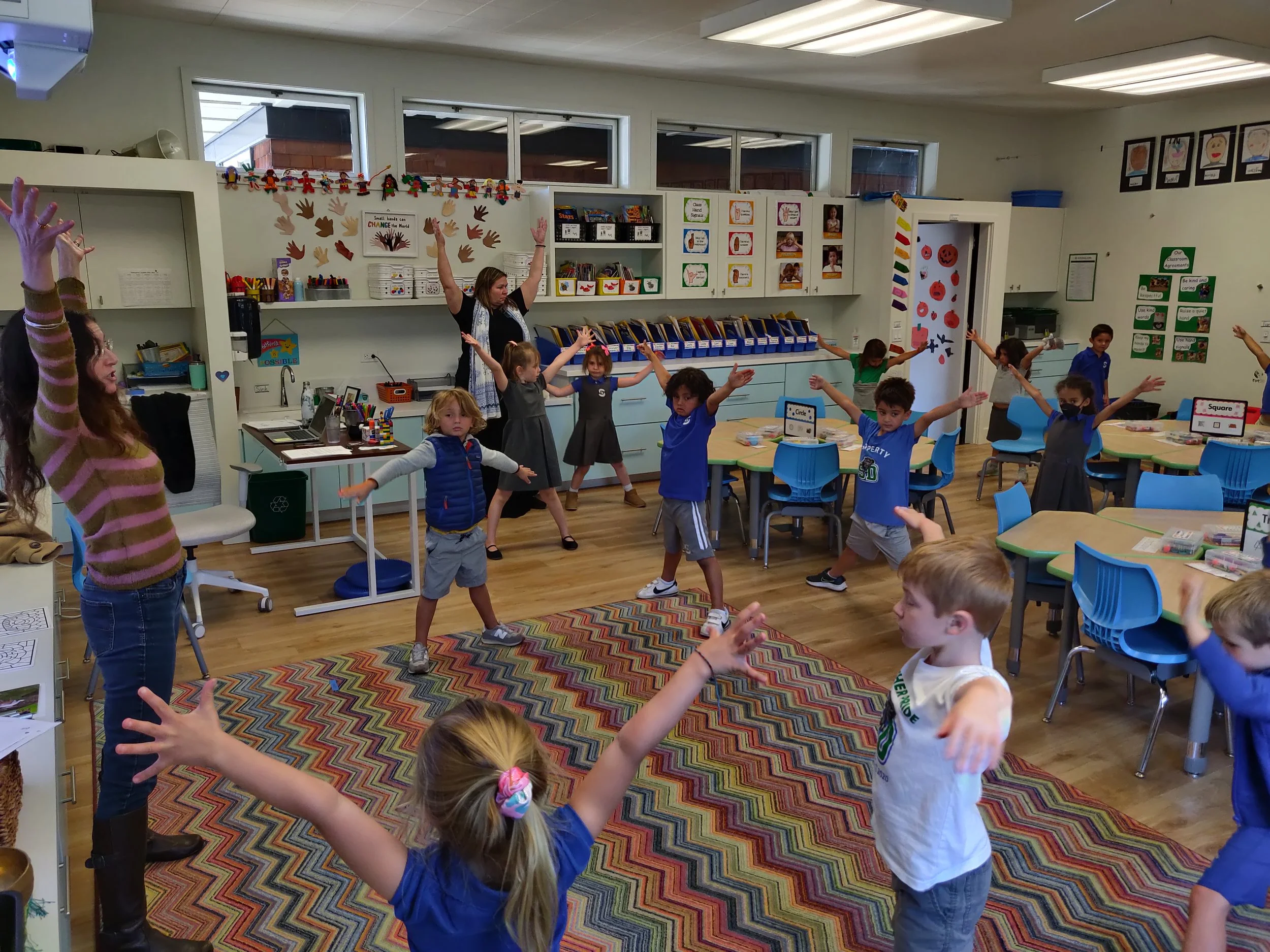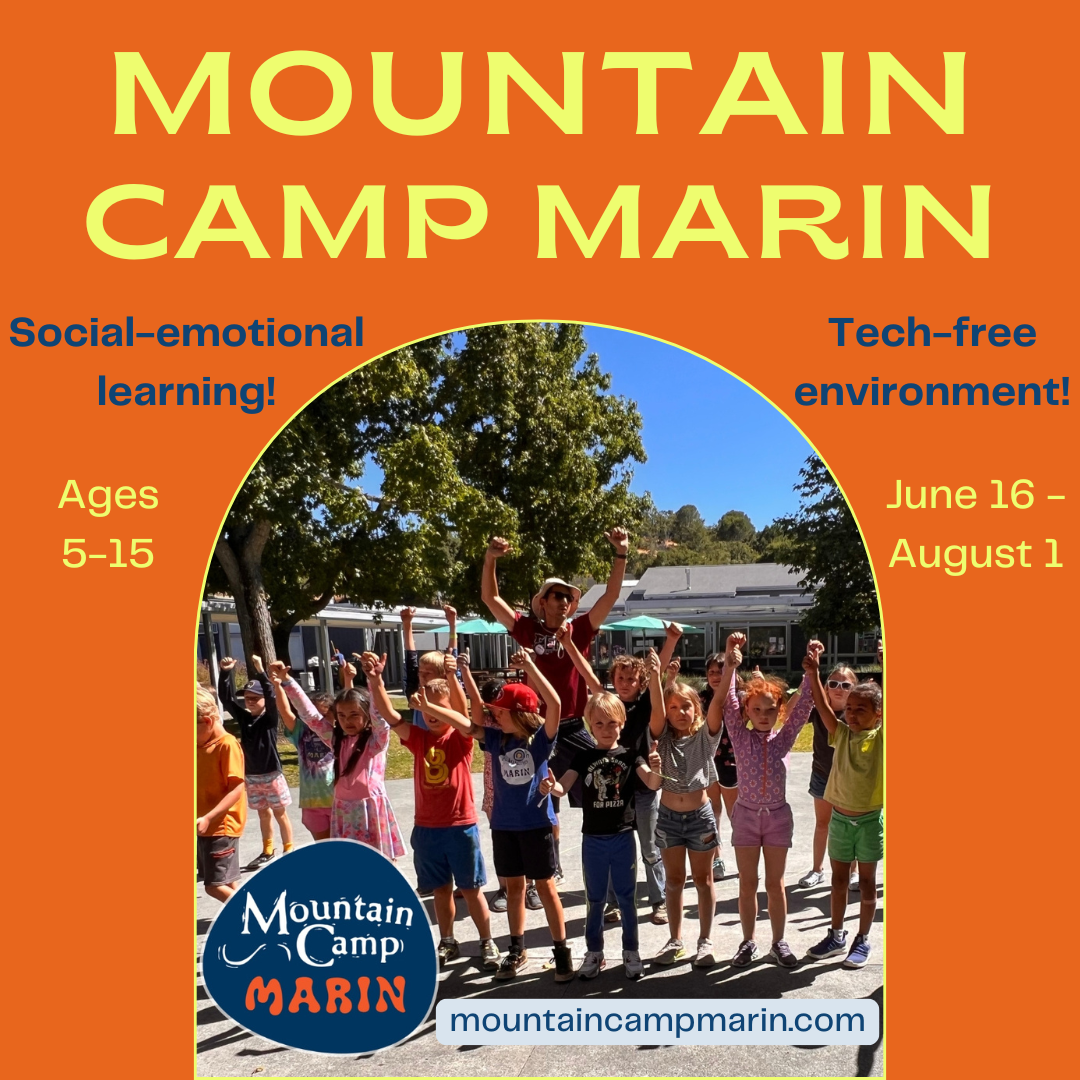
Ronnie's Awesome List Homepage
Ronnie's Awesome List, The Ultimate Kids Events Round-Up In Marin And Beyond.
Ronnie's Awesome List
Ronnie's Awesome List, The Ultimate Kids Events Round-Up In Marin And Beyond.
Let’s Get Social
Sign up for my weekly newsletter delivered every Thursday.
Sponsors
👉 Information listed may change at anytime. Please confirm details with event organizers in advance.

















